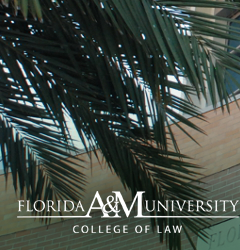The Elusive Cap and Gown: The Impact of Tax Policy on Access to Higher Education for Low-Income Individuals and Families
Abstract
The education incentive provisions in the Taxpayer Relief Act of 1997 were drafted to facilitate access to higher education for low and middle income individuals and families. This was an admirable goal given that low-income families need higher education to emerge from poverty. Despite President Clinton's expressed belief that the education incentive provisions of the Taxpayer Relief Act of 1997 would benefit all families, this Article will demonstrate that this law, as well as other contemporaneous legislation operating in concert with it, actually inhibits access to postsecondary education for low-income individuals. Even more pointedly, the Taxpayer Relief Act of 1997 had unintended adverse consequences that have disproportionately disadvantaged African Americans, who, as a group, have attained lower levels of past academic achievement as compared to other ethnic groups. This Article examines whether the education incentive provisions of the Taxpayer Relief Act of 1997 achieved its intended goal by analyzing educational policies that have historically operated as barriers to the pursuit of postsecondary education for low-income individuals and families, evaluating federally subsidized programs available to assist with expenses for postsecondary education, how the new education incentives interrelate with the federally subsidized programs, and analyzing the actual impact Taxpayer Relief Act of 1997 had on low-income individuals and families.
Part I of this Article provides the historical barriers on access to postsecondary education for African Americans. Part II discusses and analyzes the federally subsidized programs specifically established to increase higher education. Part III discusses and analyzes the education incentive provisions of the Taxpayer Relief Act of 1997. Part IV discusses and analyzes how the education incentive provisions interrelate with each other and other higher education federal subsidies. Part V provides an analysis of welfare reform, how it affects access to education, and provides policy recommendations.
